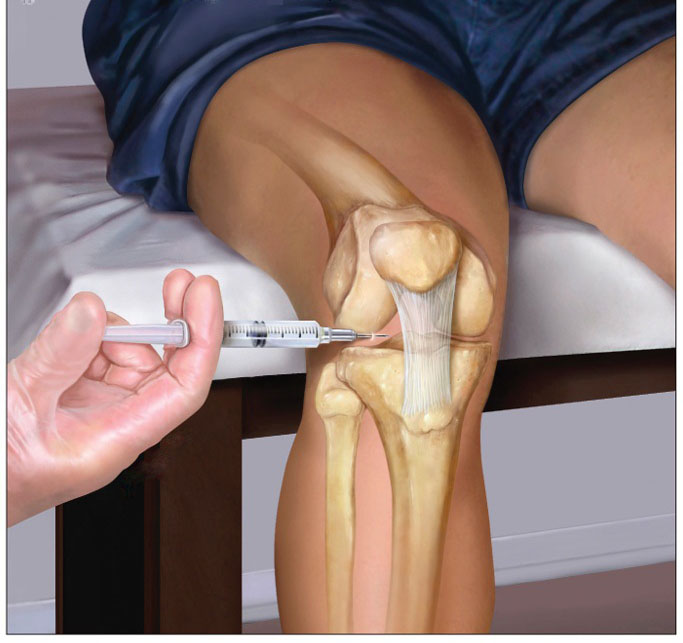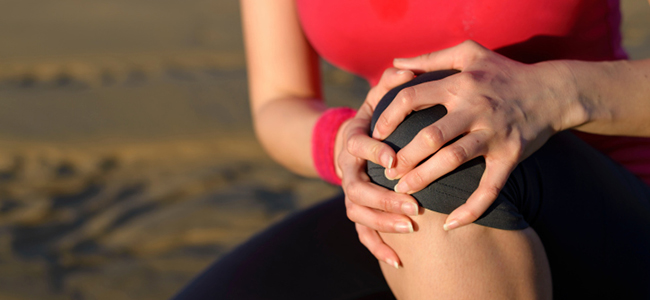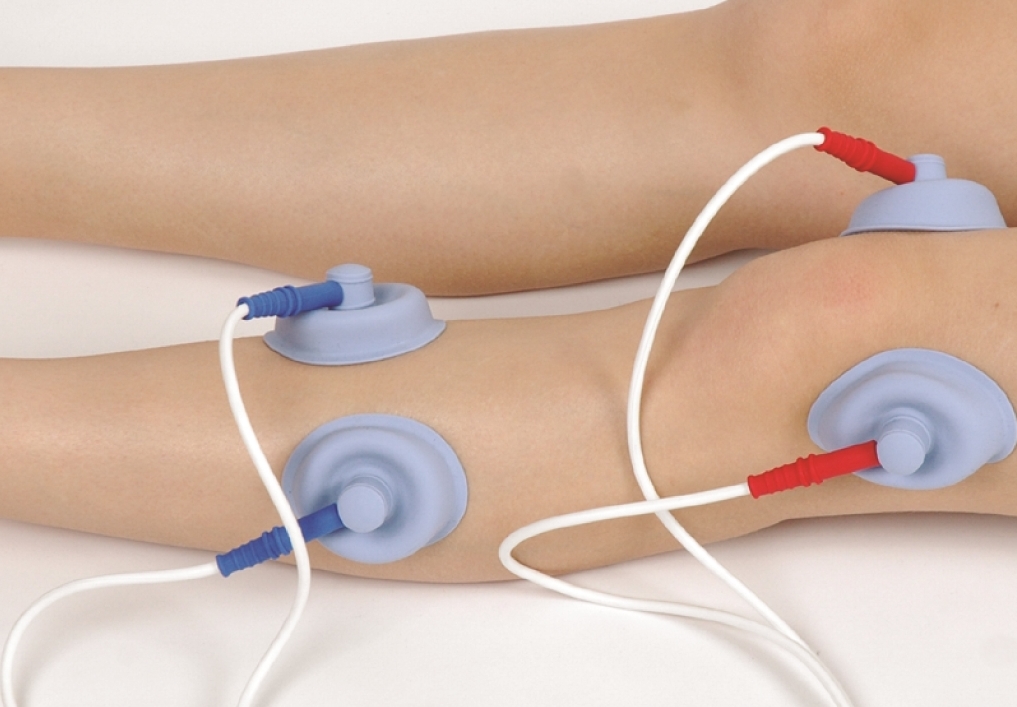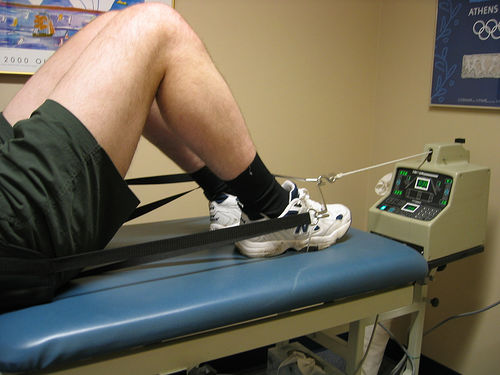
The management of acute postoperative pain after orthopaedic surgery is a challenge for anaesthetists and surgeons. The administration of local anaesthetic drugs into the joint space, either by single injection or by continuous infusion, has become a well-recognized technique for postoperative analgesia, in particular after arthroscopic surgery. Bupivacaine is commonly used for intra-articular analgesia because of its long duration of action. Other local anaesthetics used for intra-articular analgesia include ropivacaine and lidocaine. Intra-articular use of these drugs has been widely regarded as safe, and adverse effects of local anaesthetic agents in the joint space have been reported only rarely. Peak plasma concentrations of bupivacaine are sufficiently low after intra-articular injection such that systemic toxicity is extremely unlikely. However, overdose or inadvertent intravascular injection may result in central nervous system and cardiovascular toxicity.

“A sticky or squeaking hinge can be “cured” with a drop of oil, so it makes sense that a hinge joint, like the knee, would also benefit from a little lubrication. At least that’s the premise behind one new for arthritis of the knee. The procedure, called viscosupplementation or synovial fluid replacement injects a preparation of hyaluronic acid into the knee joint. Hyaluronic acid is a naturally occurring substance found in the synovial (joint) fluid. It acts as a lubricant to enable bones to move smoothly over each other and as a shock absorber for joint loads”
Synovial fluid replacement is a prescription only product administered by a qualified doctor. Many hospital doctors perform this procedure as well as General Practitioners. The injection procedure is covered by the VHI, BUPA and VIVAS and the product is on the General Medical Scheme (GMS) and the Drugs Payment Scheme.

Physical therapy attempts to address the illnesses, or injuries that limit a person's abilities to move and perform functional activities in their daily lives. PTs use an individual's history and physical examination to arrive at a diagnosis and establish a management plan and, when necessary, incorporate the results of laboratory and imaging studies like X-rays, CT-scan, or MRI findings. Electrodiagnostic testing (e.g., electromyograms and nerve conduction velocity testing) may also be used. PT management commonly includes prescription of or assistance with specific exercises, manual therapy and manipulation, mechanical devices such as traction, education, physical agents which includes heat, cold, electricity, sound waves, radiation, assistive devices, prostheses, orthoses and other interventions. In addition, PTs work with individuals to prevent the loss of mobility before it occurs by developing fitness and wellness-oriented programs for healthier and more active lifestyles, providing services to individuals and populations to develop, maintain and restore maximum movement and functional ability throughout the lifespan. This includes providing therapeutic in circumstances where movement and function are threatened by aging, injury, disease or environmental factors. Functional movement is central to what it means to be healthy.

Shortwave therapy is classified as high frequency therapy. The different frequencies of the high frequency therapy have in common that warm tissue is created under their influence. With shortwave therapy electric and magnetic fields are used. Shortwaves are applied using the condenser field method or the coil field method. With the condenser field method the treated body part is found between two condenser plates (shell electrodes or soft rubber electrodes). Under the influence of high frequency electrical alternating fields, periodical changes occur in the treated tissue. By keeping a minimum distance between electrodes and the skin a uniform heating through of all levels of the treated tissue segments is produced. With the coil field method a coil in the form of a Vortex current electrode or Diploid is to be used. The high frequency current will flow through these, whereby a variable magnetic field will be in place in its environment. This causes a predominantly warming magnetic field in the tissue with good conductive structure, such as binding tissue and musculature. In the impulse mode during the shortwave therapy the sub thermal effect is with trophic enhancement and reflective influences from the vascular system in the foreground. During continuous operation the local thermal effect dominates with improved cell metabolism, reduced viscosity of bodily fluids, higher tensibility of collagen fibres, circulation stimulation and manipulation of the nervous system.

Interferential therapy is a form of electrotherapy that may be a good option for your patients looking to reduce inflammation but without painful side effects. You already no doubt aware of forms of electrotherapy in your practice to help relieve musculoskeletal pain, inflammation, and stiffness, often with reasonably good results. The most common form is transcutaneous electrical nerve stimulation (TENS). However, you may not always be able to reach a properly therapeutic current level with a TENS machine due to unpleasant side effects for certain patients, particularly those with a low pain threshold. On the one hand, you could end up having to deliver less than optimal therapeutic levels over more visits. On the other hand, if you reach proper therapeutic levels, despite it being painful for your patients . Unfortunately, either of these scenarios can be frustrating both for you and your patients, and runs the risk of patients opting out of further conditions.

Many people may have heard stories about their friends having their spinal pains in hospitals or physiotherapy clinics where they were strapped into a contraption and having their back or neck stretched. This device is called a traction machine. To some the description may sound intimidating or even medieval, but in fact, traction is a very gentle form of extremely effective when applied appropriately in specific conditions. What does a traction machine do? As the name implies, a traction machine applies traction to the spinal column. Depending on where the pathology is, traction can be applied to both the lower back and the neck. This is usually done by wrapping a harness around the lower back or under the chin and base of skull. The harness is then attached to the machine that pulls at a controlled speed, rate and weight as set by the physiotherapist. Imagine the neck pulling in one direction by the traction machines and the body weight acting as a counter force. This results in the “lengthening” of the cervical spine.

Wax therapy, which uses a bath of molten paraffin wax, is one of the most effective ways of applying heat to improve mobility by warming the connective tissues. Wax therapy is mainly used on your hands and is often used by hand therapists in a hospital setting along with an exercise programme. You can also get advice on where to purchase wax baths privately. The aims of wax bath therapy are to provide pain relief and comfort, to assist with muscle relaxation and to relieve stiffness and help improve movement before exercise.
Paraffin wax bath therapy is safe, although you should take care with home kits not to heat the wax too much. You shouldn’t use wax bath therapy if you have cuts, open sores or inflammatory skin conditions.